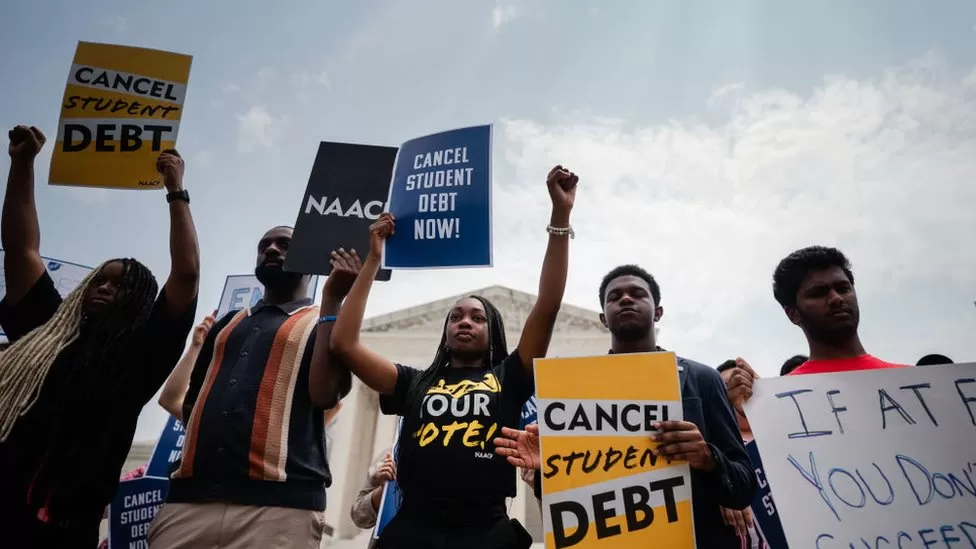In a significant move by the Biden administration, it has recently announced the forgiveness of $39 billion (£29.7 billion) in student loan debt. This debt relief applies to 804,000 borrowers who are enrolled in income-driven repayment plans. The decision comes as a result of the government’s efforts to address administrative errors and make fixes to the existing plans. In this article, we will explore the details of this student loan forgiveness program and its implications for borrowers.
The Broken System and the Need for Fixes
For far too long, borrowers have fallen through the cracks of a broken system that failed to accurately track their progress towards loan forgiveness. This has led to countless individuals struggling under the burden of student loan debt. Recognizing the flaws in the system, US Secretary of Education Miguel Cardona acknowledged the need for fixes that would rectify these historical inaccuracies.
Income-Driven Repayment Plans and Eligibility
Under the US government’s income-driven repayment plans (IDR plans), borrowers have the opportunity to make monthly loan payments based on their income over a period of 20 or 25 years. The eligibility for loan forgiveness comes after completing 20 or 25 years of payments, depending on the specific plan. These IDR plans offer borrowers a more manageable way to repay their student loans based on their income levels.
Addressing Historical Inaccuracies
In April 2022, the Biden administration first announced its intention to address the historical inaccuracies in the count of payments that qualify towards forgiveness under IDR plans. These inaccuracies have prevented many borrowers from receiving the relief they rightfully deserve. The Department of Education, in collaboration with other relevant agencies, has worked diligently to rectify these errors and ensure that qualifying borrowers receive the loan forgiveness they are entitled to.
The Supreme Court Ruling and the Broader Plan
Last month, the US Supreme Court issued a ruling that struck down President Joe Biden’s larger student loan forgiveness plan. The court found that the administration had overstepped its authority with the program, which aimed to cancel billions of dollars in student loans for over 40 million Americans. This broader plan would have forgiven approximately $10,000 per borrower and up to $20,000 in certain cases. However, despite the setback, President Biden remains committed to finding alternative ways to provide student loan forgiveness.
READ MORE:
Samsung’s Integration of ChatGPT in the Mobile Browser
Biden’s Pledge for Alternative Solutions
In response to the Supreme Court ruling, President Biden expressed his determination to explore different avenues for offering student loan forgiveness. He acknowledged that the recent decision closed one path but emphasized the administration’s commitment to finding new solutions. The president remains dedicated to relieving the burden of student loan debt and ensuring that borrowers receive the support they need.
Executive Actions and Relief for Smaller Groups
Since taking office, President Biden has taken several steps to provide student loan relief to smaller groups of borrowers through executive actions. Last year, he canceled student loan debt for 200,000 borrowers who had been harmed or defrauded by their universities. These actions reflect the administration’s efforts to address specific cases of hardship and alleviate the financial strain faced by individuals who have been victims of predatory practices in higher education.




